Heat Shield Replacement: Safeguarding Your Engine’s Vitality

Heat shields protect engines from extreme temps, preventing damage that can lead to reduced performa…….
In an era defined by technological advancements and environmental awareness, heat shield replacement has emerged as a critical component in various industries, particularly aerospace and automotive sectors. This process involves the meticulous replacement of protective barriers designed to withstand extreme temperatures, ensuring the safety and efficiency of machinery and spacecraft. The article delves into the intricate world of heat shield replacement, exploring its historical foundations, global impact, economic implications, technological innovations, regulatory framework, challenges, successful implementations, and future prospects. By examining these aspects, readers will gain a holistic understanding of this essential practice and its profound influence on modern technology.
Heat shield replacement is the specialized process of repairing or replacing thermal protection systems (TPS) on vehicles, structures, or spacecraft exposed to high-temperature environments. TPS are designed to insulate and protect underlying components from extreme heat generated during reentry into Earth’s atmosphere, space travel, or exposure to intense industrial heat sources. Key components of a heat shield include:
The concept of heat shielding dates back to the early days of space exploration when engineers sought ways to protect spacecraft from the extreme temperatures encountered during reentry into Earth’s atmosphere. The Apollo missions in the 1960s and 1970s showcased the critical role of effective heat shielding, as demonstrated by the successful return of astronauts safely to Earth. Since then, technological advancements have led to more advanced and efficient heat shield designs.
Heat shield replacement is significant for several reasons:
The global heat shield replacement market is influenced by several factors, including space exploration initiatives, industrial growth, and environmental regulations. Key trends shaping this industry include:
Regional analysis reveals varying levels of heat shield replacement activity:
| Region | Market Growth (2022-2027) | Key Drivers | Challenges |
|---|---|---|---|
| North America | High (15-20%) | Strong space exploration programs, presence of major aerospace companies | Strict regulations, high costs |
| Asia Pacific | Moderate (12-15%) | Rapid industrialization, growing space capabilities | Supply chain disruptions, technical expertise gap |
| Europe | Steady (8-12%) | Focus on sustainable technologies, advanced materials research | Economic fluctuations, regulatory harmonization issues |
| Middle East & Africa | Low to Moderate (5-10%) | Oil and gas industry growth | Limited technological infrastructure, funding constraints |
The heat shield replacement market is characterized by a mix of established players and emerging innovators. Major aerospace companies like Boeing, Lockheed Martin, and SpaceX dominate the space sector, while industrial giants such as ArcelorMittal and Siemens lead in the terrestrial applications. The market’s growth is propelled by:
Heat shield replacement offers substantial economic benefits:
Technological advancements in materials science have revolutionized heat shielding:
Digital technologies play a pivotal role in heat shield replacement:
The future of heat shield replacement holds immense potential:
The regulatory framework governing heat shield replacement varies across regions but generally includes:
Regulatory frameworks have a profound impact on the heat shield replacement industry:
Despite significant advancements, heat shield replacement faces several challenges:
Addressing these challenges requires a multi-faceted approach:
NASA’s Perseverance rover mission to Mars exemplifies the successful implementation of advanced heat shielding technologies. The rover, equipped with a state-of-the-art heat shield, successfully entered Mars’ atmosphere and landed safely in 2021. The heat shield, featuring a novel design and composite materials, protected the rover from extreme temperatures during its descent, enabling a crucial step in humanity’s exploration of Mars.
The Ariane 6 launch vehicle, developed by ESA, showcases modern heat shielding advancements. Its heat shield, incorporating advanced ceramic tiles and ablative materials, protects the vehicle during high-speed reentry into Earth’s atmosphere. This technology has significantly reduced the cost and complexity of space missions, opening up new possibilities for space exploration and commercialization.
In the industrial sector, a major steel manufacturing company implemented an innovative heat shield system to protect its high-temperature furnaces from corrosive environments. The system, utilizing fiber-reinforced composite materials, enhanced furnace longevity, improved energy efficiency, and reduced downtime for maintenance, resulting in substantial cost savings.
The future of heat shield replacement holds immense potential across various sectors:
Trends shaping the future include:
To capitalize on future opportunities, stakeholders should:
Heat shield replacement is a dynamic field that plays a critical role in various industries, ensuring safety, efficiency, and technological advancement. From its historical roots to the cutting-edge innovations of today, this process has evolved to meet the demands of space exploration, industrial growth, and environmental sustainability. As we look ahead, the future holds immense potential for heat shield replacement, with advancements in materials science, digital technologies, and sustainable practices shaping the trajectory of this essential practice. By addressing challenges, harnessing new technologies, and embracing strategic partnerships, the global community can continue to push the boundaries of what is possible in heat shielding, paving the way for a safer, more technologically advanced future.
Q: What are the primary materials used in heat shield replacement?
A: The choice of materials depends on the application, but common options include composite materials (carbon fiber), ceramic tiles, ablative materials, and protective coatings.
Q: How do space agencies ensure the safety of spacecraft during reentry?
A: Safety is paramount. Heat shields are designed to protect spacecraft from extreme heat, while sensors and data analytics monitor performance. Strict safety protocols and emergency procedures further enhance reentry safety.
Q: Can heat shield replacement reduce the cost of space missions?
A: Absolutely. Advanced heat shielding technologies can significantly reduce costs by minimizing damage, extending component lifespans, and enabling more efficient design and manufacturing processes.
Q: What role does digital technology play in modern heat shield replacement?
A: Digital technologies like CAD, 3D printing, and data analytics revolutionize the process. They enable precise design, streamline manufacturing, and provide real-time performance monitoring for optimal maintenance.
Q: How can countries with limited resources access cutting-edge heat shielding technologies?
A: Collaboration between industry, academia, and international organizations can bridge the gap. Public-private partnerships, technology transfer programs, and knowledge-sharing initiatives facilitate access to advanced materials and expertise.

Heat shields protect engines from extreme temps, preventing damage that can lead to reduced performa…….
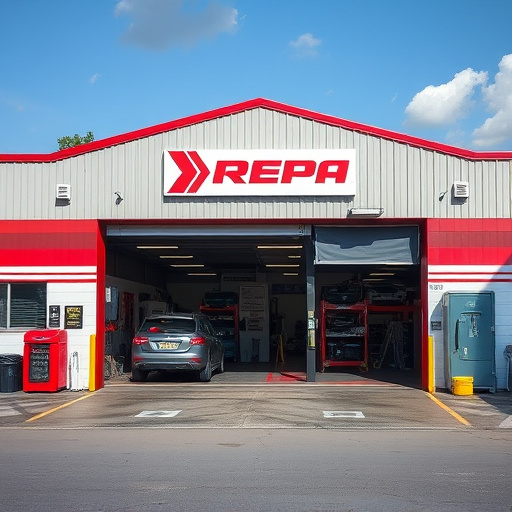
Heat shield replacement costs vary based on region, vehicle complexity and local competition. Urban…….
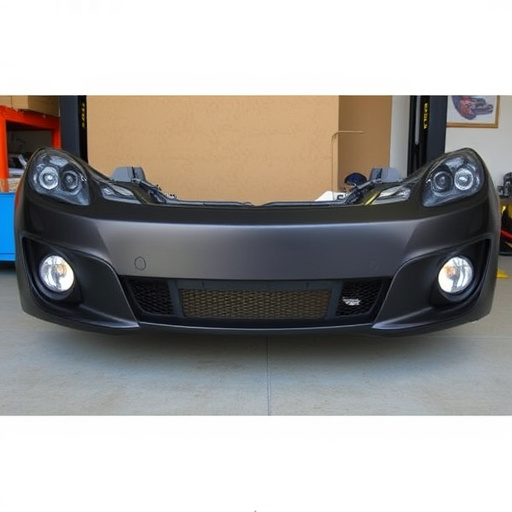
Heat shield replacement is crucial for high-performance vehicles to protect engines from heat and da…….
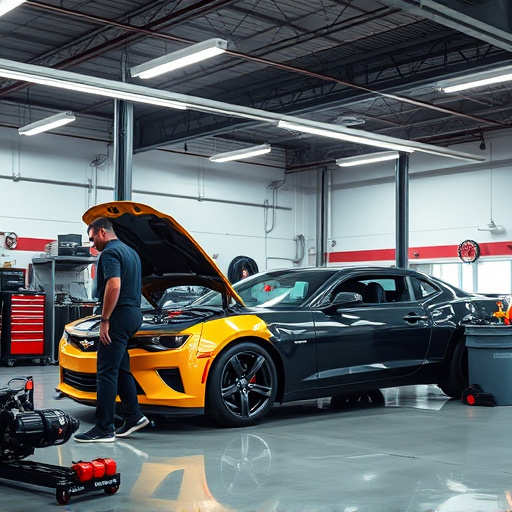
Regularly inspect heat shields for wear and tear. Minor damage can be repaired, but extensive breaks…….

Heat shields protect vital car components from heat damage. Regular replacement prevents issues, mai…….
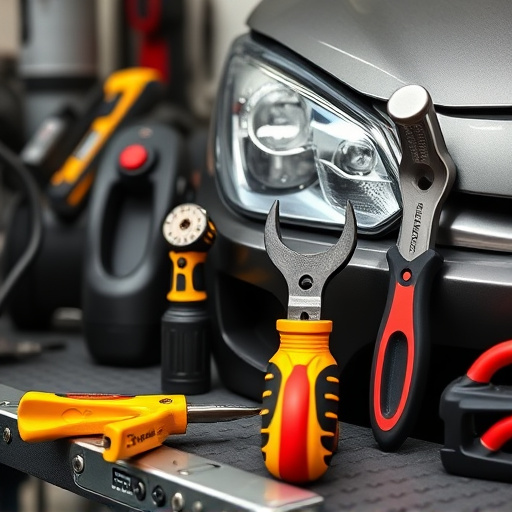
Heat shield replacement is a critical yet often overlooked aspect of vehicle maintenance, especially…….

Heat shield replacements are critical for vehicle safety, preventing engine overheating. Certified s…….
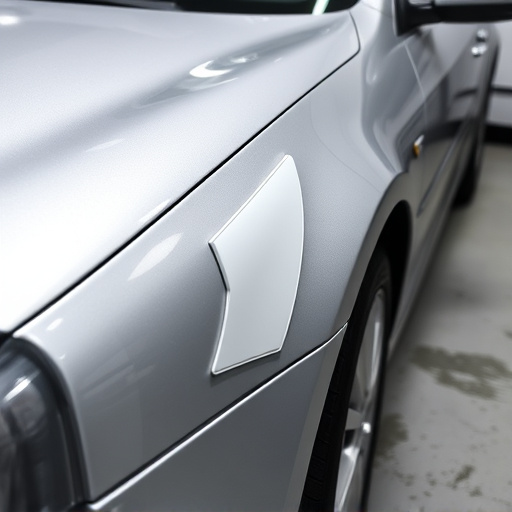
Heat shield replacement is essential for vehicle protection. Over time, shields can damage from wear…….
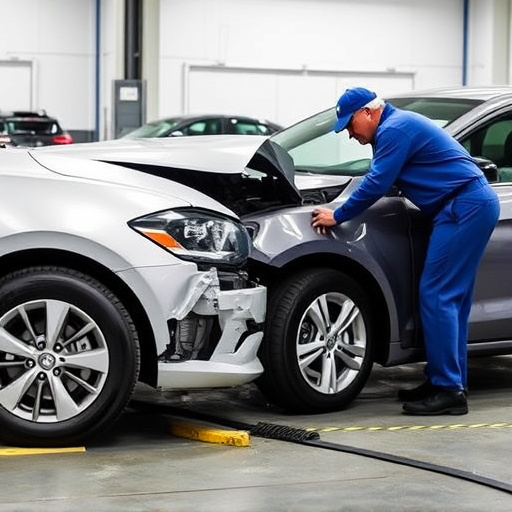
Heat shield replacement is crucial for vehicle health and safety as these shields protect engine par…….

Regular heat shield inspections and timely replacement are crucial for vehicle safety and performanc…….